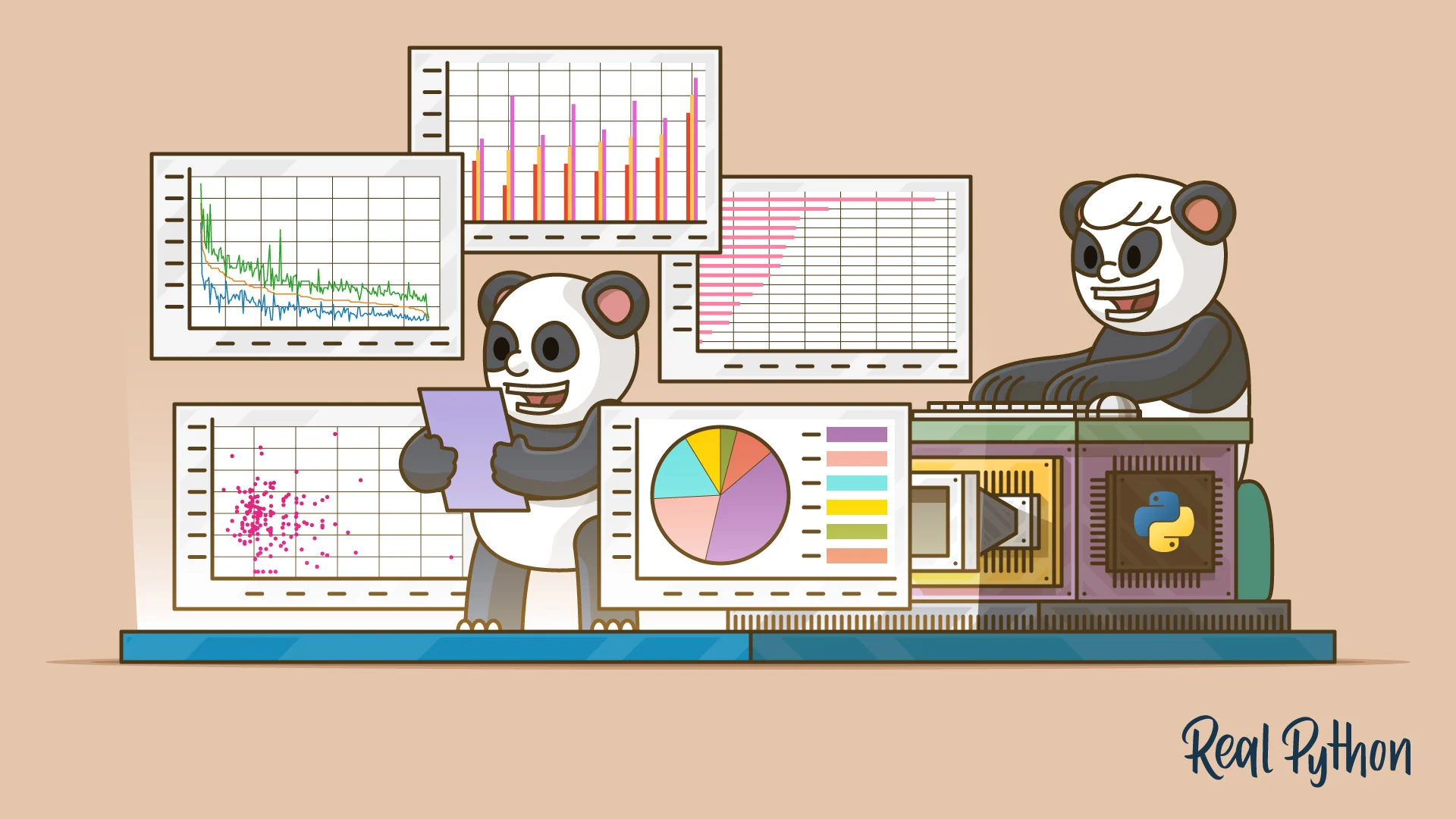Getting Started with Pandas in Python
January 20, 2024
2 min read

- Getting Started with Pandas in Python
- What is Pandas?
- Installing Pandas
- Importing Pandas
- Working with DataFrames
- Creating a DataFrame
- Reading Data from a File
- Exploring Data
- Data Manipulation
- Troubleshooting Pandas
- 1. ImportError: No module named pandas
- 2. FileNotFoundError: [Errno 2] No such file or directory
- 3. KeyError: Column Name not found
- 4. Memory Error
- Conclusion
Getting Started with Pandas in Python
Pandas is a powerful and popular data manipulation library in Python, designed for data analysis tasks. It provides easy-to-use data structures and data analysis tools for handling structured data, mainly in the form of DataFrames. In this blog, we’ll explore how to use pandas effectively and address some common troubleshooting scenarios.
What is Pandas?
Pandas is an open-source library that provides high-performance, easy-to-use data structures and data analysis tools. It is built on top of other libraries, such as NumPy, and focuses on flexible and expressive data operations.
Installing Pandas
Before you begin, ensure you have Python installed on your machine. Then, you can install pandas using pip:
pip install pandasAlternatively, if you are using Anaconda, you can install pandas via conda:
conda install pandasImporting Pandas
Start by importing pandas in your Python script or interactive environment:
import pandas as pdHere, pd is a conventional alias used by most developers for pandas.
Working with DataFrames
DataFrames are two-dimensional, size-mutable, and potentially heterogeneous tabular data structures with labeled axes (rows and columns). Let’s explore some common operations with DataFrames:
Creating a DataFrame
You can create a DataFrame using a dictionary:
import pandas as pd
data = {
'Name': ['Alice', 'Bob', 'Charlie'],
'Age': [25, 30, 35],
'City': ['New York', 'Los Angeles', 'Chicago']
}
df = pd.DataFrame(data)
print(df)Reading Data from a File
Pandas makes it easy to import data from various file formats, such as CSV. Here’s how you can read a CSV file:
df = pd.read_csv('data.csv')
print(df.head()) # Print the first 5 rowsExploring Data
Pandas has several functions for exploring your data:
-
View a summary of your DataFrame:
print(df.info()) -
Get statistical information:
print(df.describe()) -
Check the data types:
print(df.dtypes)
Data Manipulation
You can perform various data manipulation tasks with pandas, such as:
-
Filtering Data:
adults = df[df['Age'] > 18] print(adults) -
Adding a New Column:
df['IsAdult'] = df['Age'] > 18 print(df) -
Updating Values:
df.loc[df['Name'] == 'Alice', 'City'] = 'San Francisco' print(df) -
Removing Duplicates:
df.drop_duplicates(inplace=True) print(df)
Troubleshooting Pandas
Here are some common issues you might encounter while using pandas and their solutions:
1. ImportError: No module named pandas
Ensure pandas is installed. If you encounter this error, try reinstalling pandas:
pip install pandasIf using Jupyter Notebook, restart the kernel after installation.
2. FileNotFoundError: [Errno 2] No such file or directory
Verify the path and file name provided in functions like pd.read_csv(). Use absolute paths if necessary:
df = pd.read_csv('/full/path/to/data.csv')3. KeyError: Column Name not found
This error occurs when attempting to access a non-existent column. Check for typos in the column name and ensure the column exists in your DataFrame:
print(df.columns) # List all columns to check the names4. Memory Error
Large datasets can cause memory errors. Consider using chunks to load data incrementally:
df_chunks = pd.read_csv('large_data.csv', chunksize=1000)
for chunk in df_chunks:
print(chunk.head())Additionally, ensure you’re running your script in an environment with sufficient memory.
Conclusion
Pandas is an indispensable tool for data analysis in Python, with its powerful data manipulation capabilities. By following the steps above, you can get started with pandas and analyze data efficiently. Whether you’re a data scientist or a developer, getting comfortable with pandas will unlock the potential of your data analysis projects. Happy coding!